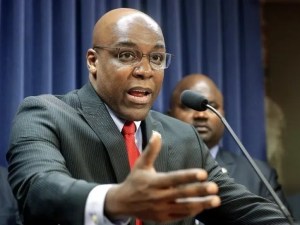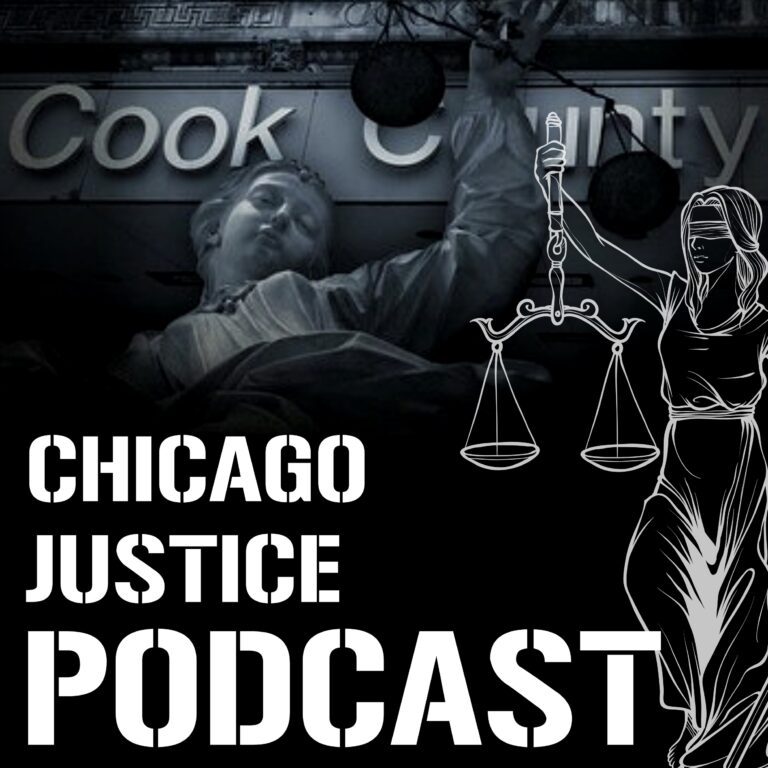To a certain degree Daley is right (see quote below), gang territories change so quickly that always altering who goes to what school depending on who took over the corner would be a ridiculous proposition. The problem with the statement is that it completely ignores the fact that the city has and continues to put profits before the lives of our youth. The fact is that if they choose to close a school and plan for it, they should at least try to plan to limit potential violence from gangs and racial conflicts.
Mayor Daley: “The day that the city of Chicago decides to divide schools by gang territory, that’s the day we have given up the city,” (Sun-Times, Oct. 9th). more…
A case study: Collins High School
Collins is located within Douglas Park in the west side neighborhood of North Lawndale. It is a community most white Chicagoans have never been to and only hear about when they make it on the news as the site of more body bad journalism. North Lawndale is a community that is 95% black and is located directly north of a community called South Lawndale, now referred to as Little Village. Little Village is 95%, if not more, Latino. Can you predict the trouble that is coming, because Chicago Public School officials seemed not to be able to when they made a decision that guaranteed the eruption of youth violence?
In 2007 Collins hosted its last class because earlier in the 2000s the Chicago Public School Board approved a plan to close Collins and turn the building into three charter schools. Now, white Chicago views this as the city making strides to increase the educational opportunities in an underserved community. Parents in North Lawndale knew better, especially when they were informed where their children would have to go to school instead of walking to one in their community, Little Village High School.
 Little Village High School is an amazing building that was built as a result of an inspiring struggle by parents and community members who for too long, were without a community high school for their children to attend. I was lucky enough to get a tour of the school from teachers, students, and parents that struggled to get this school constructed in their community. I took the tour as part of a yearlong graduate research class that was studying gentrification in the community of North Lawndale.
Little Village High School is an amazing building that was built as a result of an inspiring struggle by parents and community members who for too long, were without a community high school for their children to attend. I was lucky enough to get a tour of the school from teachers, students, and parents that struggled to get this school constructed in their community. I took the tour as part of a yearlong graduate research class that was studying gentrification in the community of North Lawndale.
Part of our tour was a discussion on the topic of the race and gang problems at the campus and especially off campus after school hours. What we heard echoed what we heard from teachers at the soon to be defunct Collins; race based and gang violence encountered by students coming and going from school, especially if they stay past school hours for extracurricular activities, when bus service was not available. Simply put, it was not safe for black students, mostly male, to walk home from the campus because of the fear of gang related violence. Parents and teachers at Collins literally had to stand on street corners creating a safe passage route for black students to get back to North Lawndale. These are heroic actions by the parents of mostly Latino youth trying to prevent violence that anyone should have been able to predict would occur. Also, parents of the former Collins students were also out to help prevent violence as the youth returned to North Lawndale. If you are seeing a pattern, it is not by chance. Heroic actions by the parents of children of color in underserved communities in Chicago do occur; they just don’t make the news.
Institutional Violence
One would have to ask who in their right mind thought it would be a good educational decision to move black kids from 95% black North Lawndale to Little Village High School in the 95% + Latino community of Little Village? Without even touching the topic of gangs, racial violence was predictable if not guaranteed. The decision making process is not open so there is no way to learn if this was even discussed. It might be better to think they screwed up and did not account for it rather than the possibility that they did know about it, but did nothing to prevent it.
North Lawndale is controlled primarily by the Vice Lords while primarily the Latin Kings & 26ers control Little Village, and they tend not to get along. Busing in children from North Lawndale was an obvious accelerant on situation where there was already violence among the gangs. The Vice Lords have been the primary gang in North Lawndale for about 40 years, so I am sure local officials had heard about them and that they might not get along with a Latino gangs.
The decision to close Collins and move those students to Little Village guaranteed violence on a number of different levels. Local officials should have taken this into account before that decision had been made. This is what is meant by institutional violence, decisions being made at the highest levels without taking into account the repercussions of their decisions. Much of this violence would never have taken place had Collins not been closed and forced those students into a situation ripe for gang and racial violence. Foresight is not a mysterious power. It can flow from a process that includes the examination of the long-term effects of their decisions.
Something to think about:
Now I am sure it was just a coincidence that three years after the closing of Collins, Douglas Park was slated to host the swimming events for an Olympics that never was to come. Also, the fact that one of the Chicago Public School Board members that voted on Collins closure would be embroiled in a land deal involving property on the outskirts of Douglas Park was just chance, right?



